10 Best Herbal Baths For Stomach Pain

Herbal baths can provide soothing relief for stomach pain by promoting relaxation and reducing stress, which is a common contributor to digestive issues.
Certain herbs such as chamomile, peppermint, and lavender are known for their calming properties and can be added to bath water to ease discomfort. Soaking in a warm herbal bath helps improve blood circulation and may alleviate cramping and inflammation in the abdominal area. This natural remedy is particularly beneficial for those seeking a non-invasive approach to managing stomach pain.
However, it is important to consult with a healthcare professional before using herbal baths, especially if the stomach pain is severe or persistent.
FREE Herb Drying Checklist
How to make sure every batch retains maximum flavor, color, and aroma without the risk of mold or over-drying. Eliminate guesswork and trial-and-error, making herb drying faster, easier, and more efficient every time.
Table of Contents
1. Foeniculum vulgare
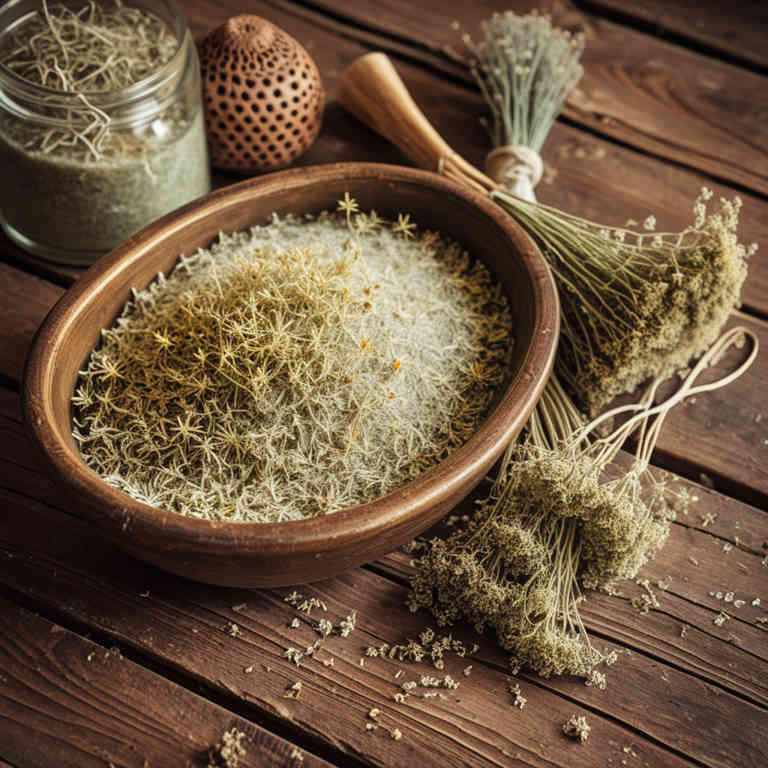
Foeniculum vulgare, commonly known as fennel, has been traditionally used in herbal baths to alleviate stomach pain due to its carminative and anti-inflammatory properties.
When infused into bath water, fennel can help soothe the digestive system by reducing bloating, gas, and cramping. The aromatic compounds in fennel, such as anethol, may promote relaxation and ease discomfort associated with gastrointestinal issues. To prepare a fennel herbal bath, steep fresh or dried fennel seeds in hot water for several hours before adding the infusion to warm bath water.
Regular use of fennel baths may provide a natural, soothing remedy for individuals experiencing mild to moderate stomach pain.
2. Cuminum cyminum
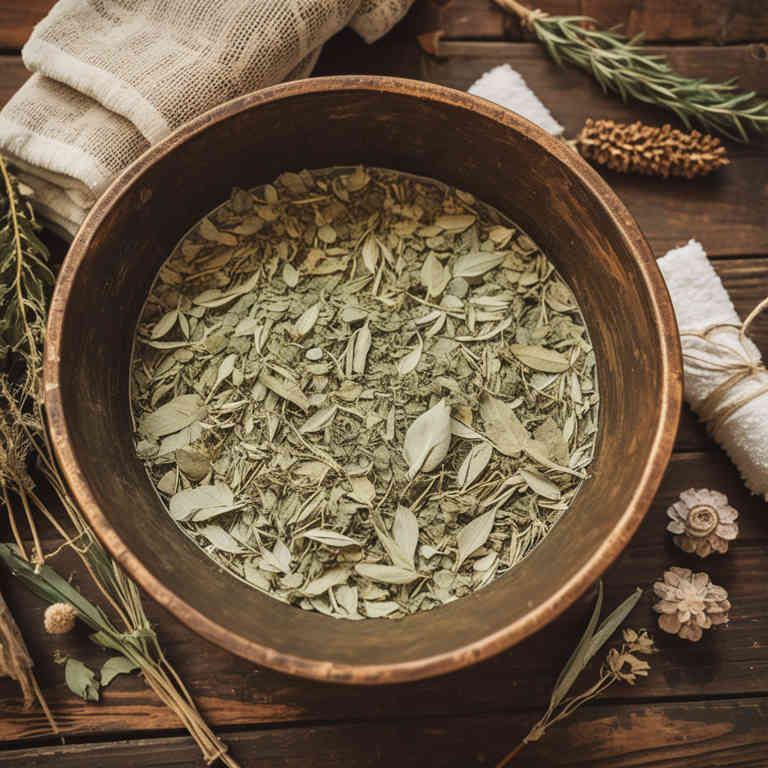
Cuminum cyminum, commonly known as cumin, has been traditionally used in herbal baths to alleviate stomach pain due to its warming and digestive properties.
When infused into bath water, cumin helps to stimulate blood circulation and relax the muscles, which can ease discomfort in the digestive tract. The aromatic compounds in cumin may also have a calming effect on the nervous system, further supporting digestive health. To prepare a cumin herbal bath, simply steep a handful of whole cumin seeds in hot water for several hours, then add the infused liquid to a warm bath.
This soothing practice is often recommended as a natural remedy to relieve mild stomach cramps and promote overall gastrointestinal wellness.
3. Urtica dioica

Urtica dioica, commonly known as stinging nettle, has been traditionally used in herbal baths to alleviate stomach pain due to its anti-inflammatory and soothing properties.
When infused into bath water, the compounds in stinging nettle may help reduce digestive discomfort by calming the gastrointestinal tract. The warmth of the bath can also promote relaxation, which may indirectly ease stomach pain by reducing stress-related digestive issues. However, it is important to note that while some individuals find relief from these baths, they should not replace professional medical advice for persistent or severe stomach problems.
As with any herbal remedy, it is advisable to consult a healthcare provider before using stinging nettle baths, especially for those with sensitive skin or existing health conditions.
4. Zingiber officinale
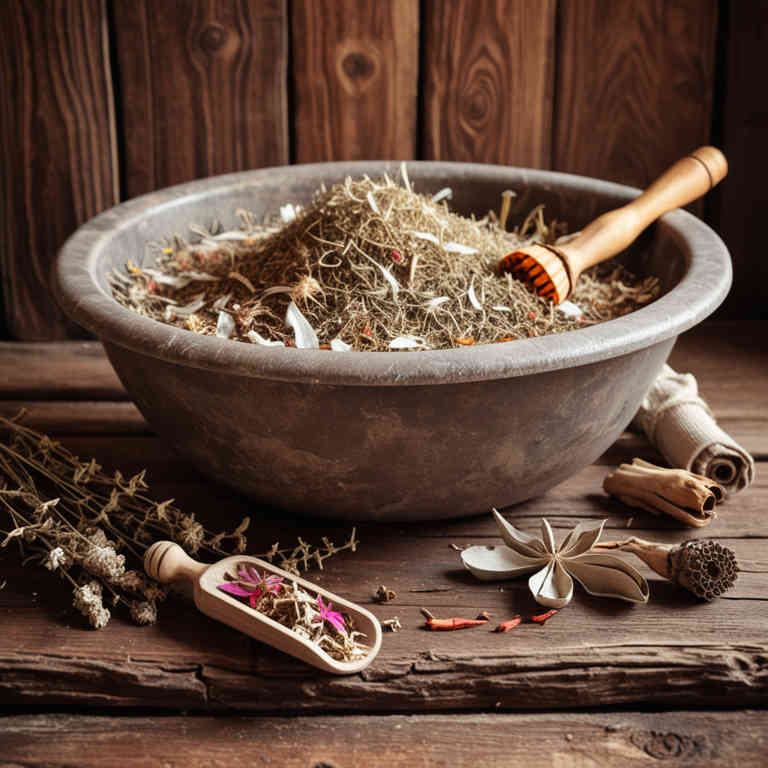
Zingiber officinale, commonly known as ginger, has been traditionally used in herbal baths to alleviate stomach pain due to its anti-inflammatory and antispasmodic properties.
When infused into bath water, ginger can help relax the muscles of the digestive tract, reducing cramping and discomfort. The warmth of the bath combined with the soothing effects of ginger may promote relaxation and ease nausea associated with stomach issues. This natural remedy is particularly beneficial for individuals experiencing gas, bloating, or mild digestive upset.
While not a substitute for medical treatment, ginger herbal baths can serve as a complementary therapy to support digestive wellness.
5. Mentha piperita
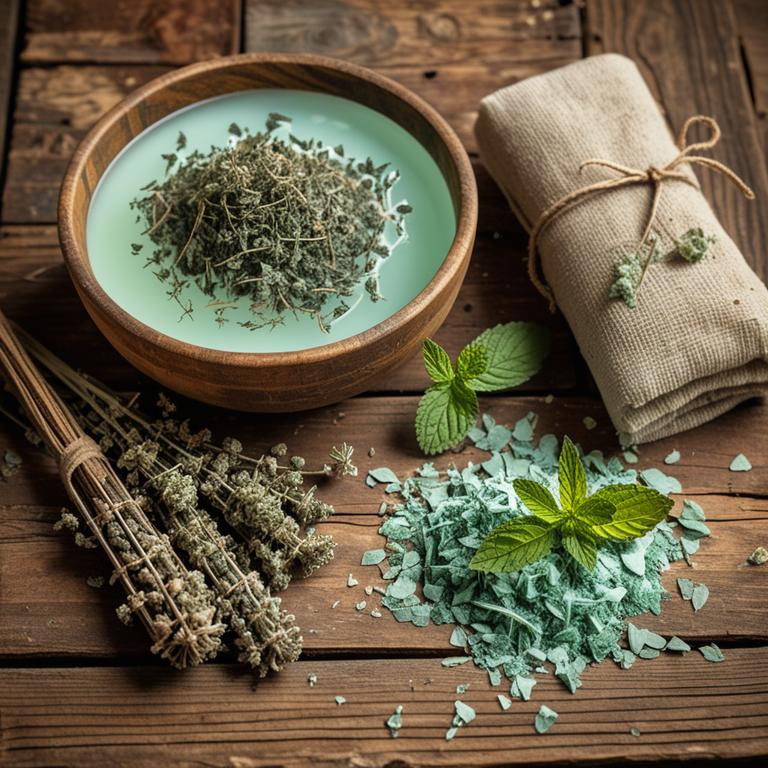
Mentha piperita, commonly known as peppermint, has been traditionally used in herbal baths to alleviate stomach pain due to its calming and antispasmodic properties.
When infused into warm water, peppermint essential oil or dried leaves can help soothe the digestive system by reducing muscle spasms and promoting relaxation. The aromatic compounds in peppermint are believed to stimulate blood flow and ease tension in the gastrointestinal tract. Taking a peppermint herbal bath can also help relieve symptoms such as bloating, gas, and cramping associated with indigestion or irritable bowel syndrome.
While it is generally safe, individuals with sensitive skin should perform a patch test before using peppermint in their baths.
6. Rosa canina
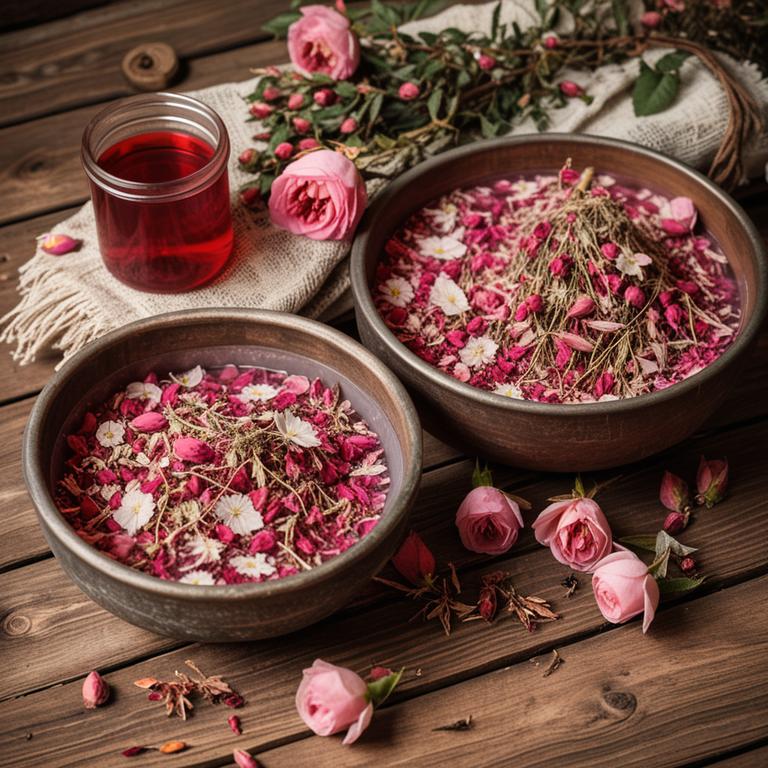
Rosa canina, also known as dog rose, has been traditionally used in herbal baths to alleviate stomach pain due to its anti-inflammatory and soothing properties.
When infused into bath water, the essential oils and bioactive compounds from Rosa canina may help reduce inflammation and ease discomfort in the digestive system. The warm water combined with the gentle action of the herb can promote relaxation and ease muscle tension, which may indirectly support digestive health. While not a direct treatment for stomach pain, these baths can be a complementary therapy to help manage symptoms and promote overall well-being.
It is advisable to consult a healthcare professional before using Rosa canina baths, especially for individuals with pre-existing medical conditions or those taking medications.
7. Silybum marianum
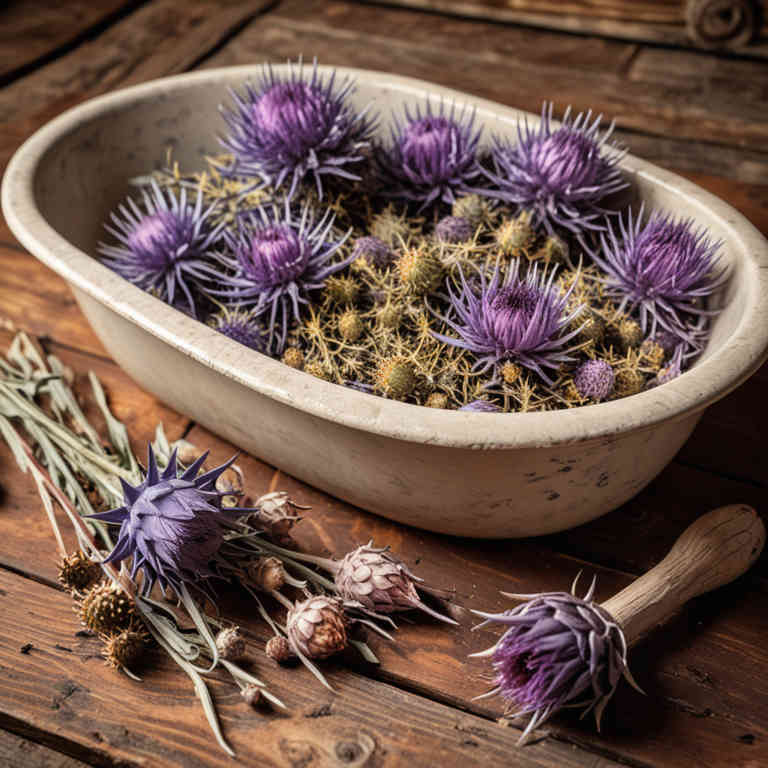
Silybum marianum, also known as milk thistle, is a herb traditionally used for its potential health benefits, including support for digestive health.
Herbal baths infused with silybum marianum may help alleviate stomach pain by promoting relaxation and reducing inflammation in the gastrointestinal tract. The active compound, silymarin, is believed to have antioxidant and anti-inflammatory properties that may soothe digestive discomfort. While there is limited scientific research on the specific effects of silybum marianum in baths, some individuals use it as a complementary therapy for digestive issues.
As with any herbal remedy, it is advisable to consult a healthcare professional before incorporating it into a treatment regimen.
8. Matricaria chamomilla
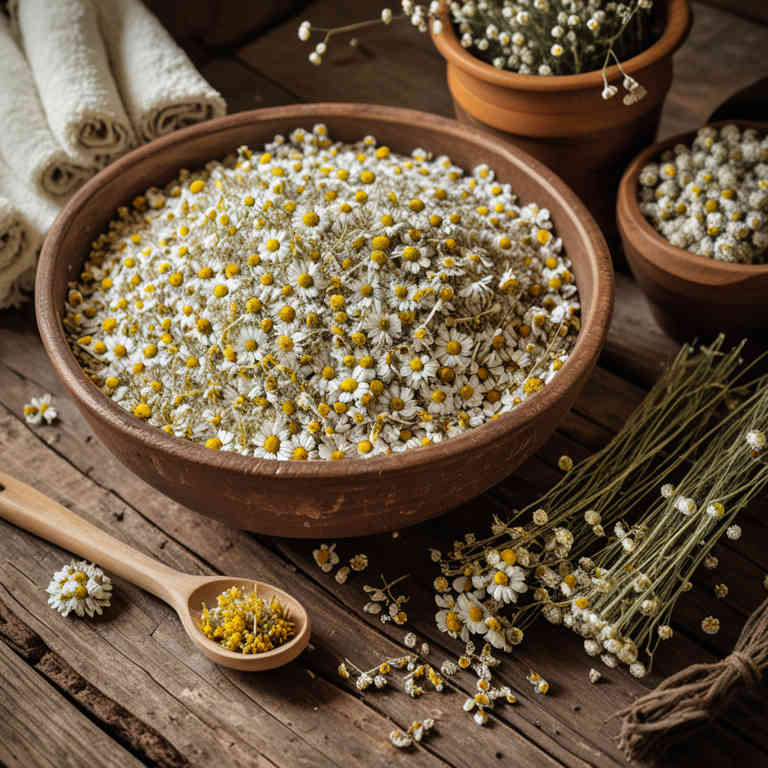
Matricaria chamomilla, commonly known as chamomile, is a popular herbal remedy often used in baths to alleviate stomach pain due to its calming and anti-inflammatory properties.
When infused into bath water, chamomile can help relax the muscles and reduce stress, which may contribute to digestive discomfort. The soothing aroma of chamomile also promotes relaxation, potentially easing symptoms associated with gastrointestinal distress. A warm chamomile bath can provide gentle relief by improving blood circulation and reducing abdominal tension.
However, while it is generally safe, individuals with allergies to ragweed or related plants should exercise caution before using chamomile baths.
9. Thymus vulgaris
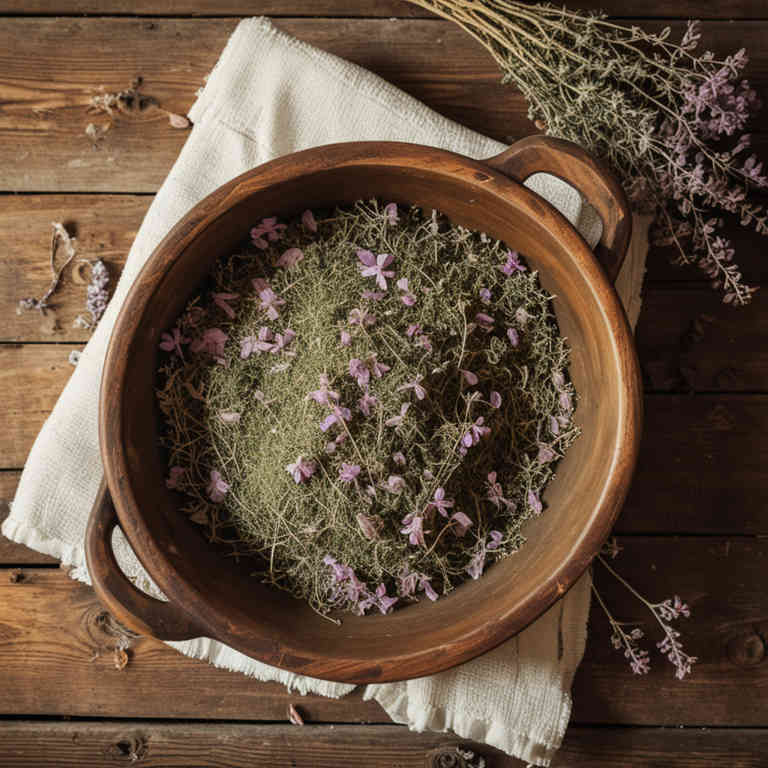
Thymus vulgaris, commonly known as thyme, has been traditionally used in herbal baths to alleviate various ailments, including stomach pain.
When infused into bath water, thyme's essential oils and phytochemicals are believed to promote relaxation and ease digestive discomfort through their antimicrobial and anti-inflammatory properties. The warm water helps to soothe the body, while the aromatic compounds from thyme may stimulate digestion and reduce bloating. Some proponents suggest that the steam from thyme-infused baths can help relieve cramping and improve overall gastrointestinal comfort.
However, it is important to consult a healthcare professional before using thyme baths, especially for individuals with sensitive skin or existing medical conditions.
10. Rosmarinus officinalis
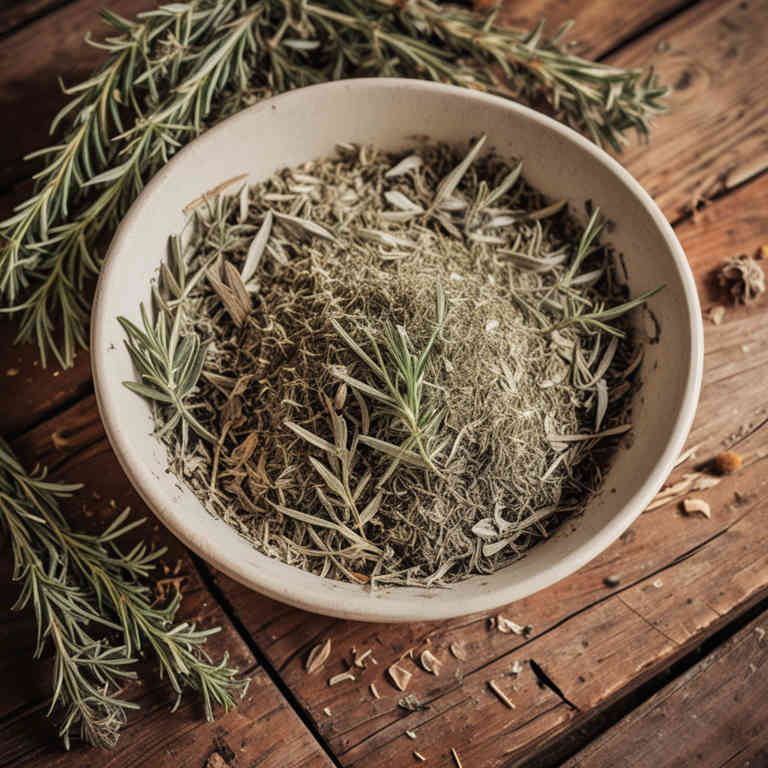
Rosmarinus officinalis, commonly known as rosemary, is a versatile herb that has been traditionally used for its therapeutic properties, including its potential to alleviate stomach pain.
When used in herbal baths, rosemary's essential oils can help soothe the digestive system by promoting relaxation and reducing stress, which are often linked to gastrointestinal discomfort. The warming effect of the bath can also help ease cramping and spasms in the stomach area. To prepare a rosemary bath, add a few drops of rosemary essential oil to a carrier oil or directly to the bathwater, ensuring safe dilution to avoid skin irritation.
Regular use of rosemary herbal baths may support overall digestive health and provide natural relief for mild stomach pain.